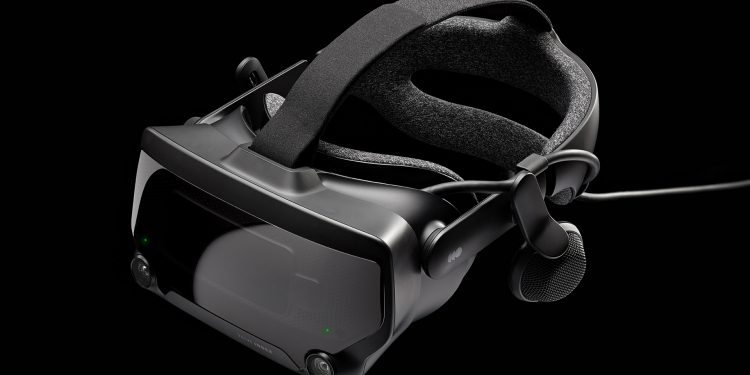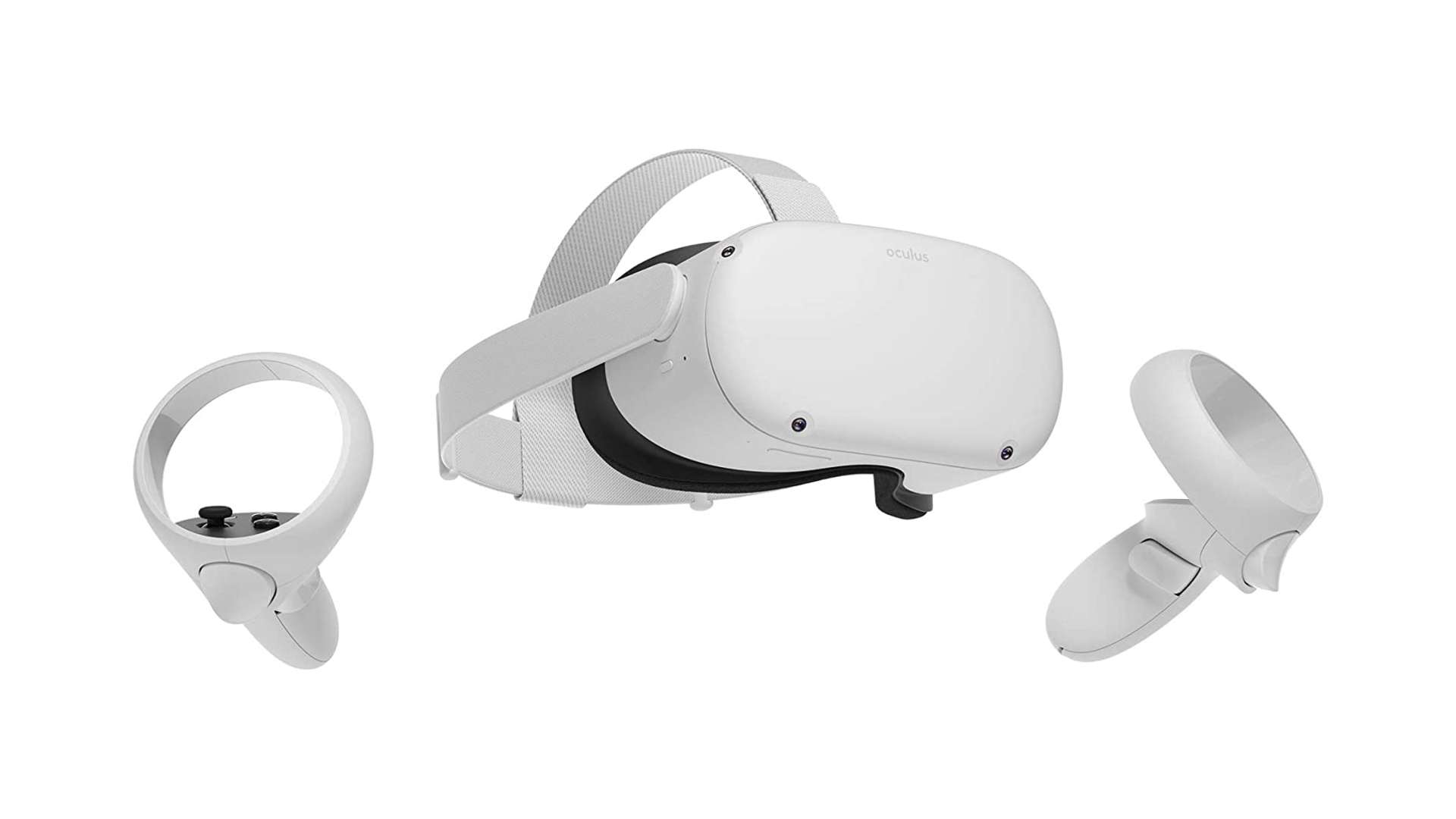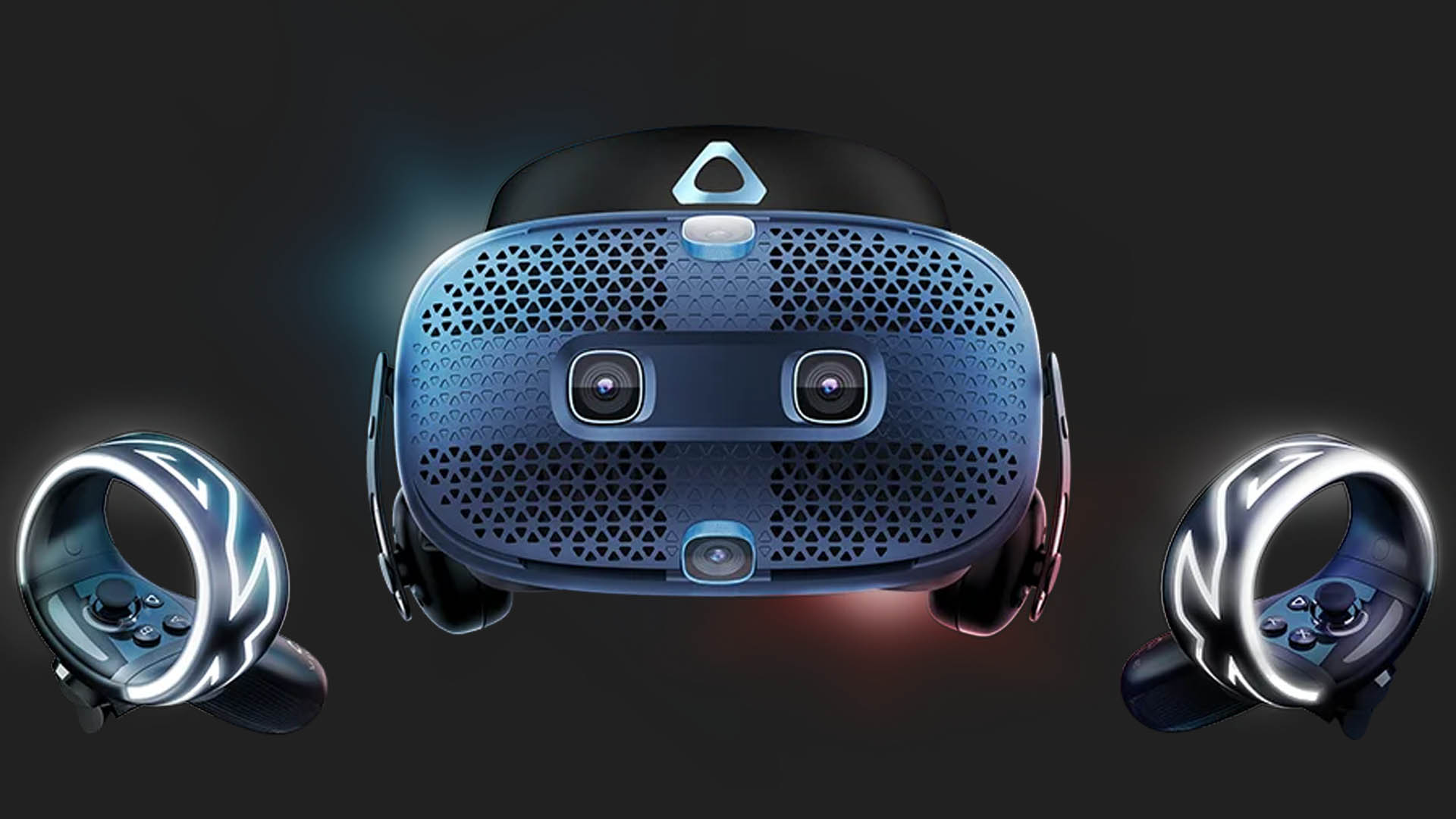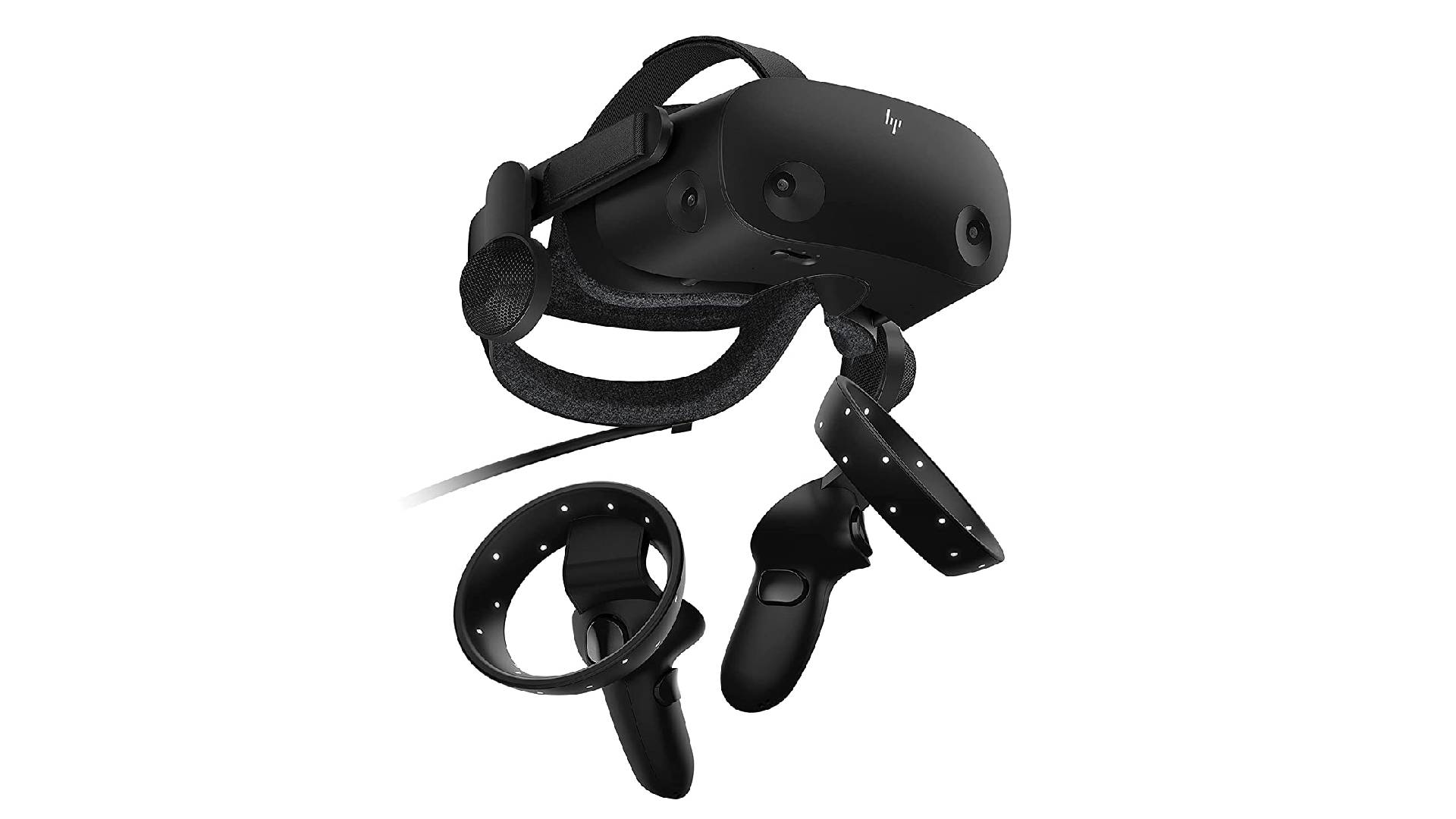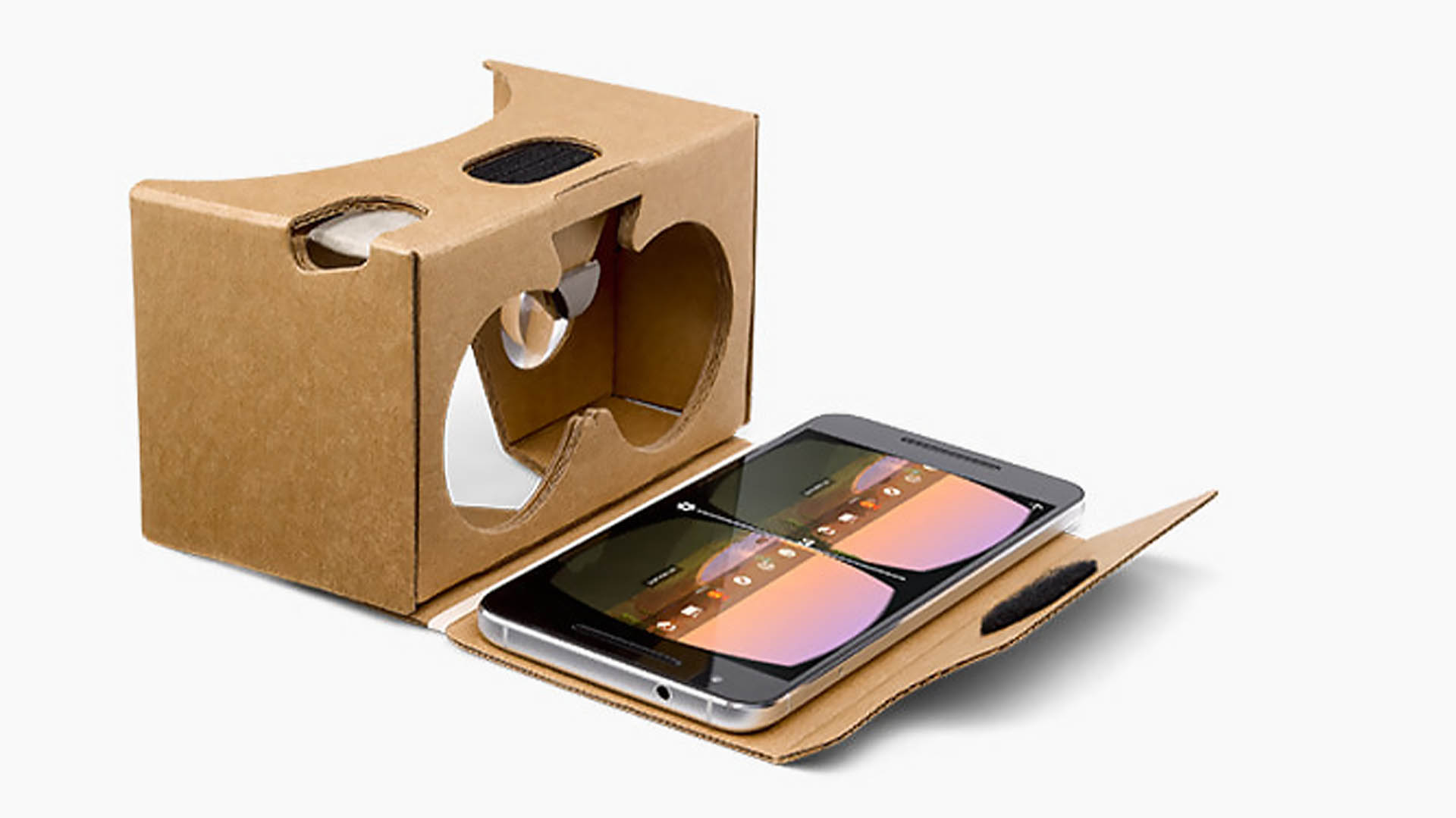Virtual reality might feel like sci-fi shenanigans, but VR headsets are swiftly becoming a staple part of any gaming PC setup. Sure, compared to the tech featured in Ready Player One, the format is still in its infancy, but games like Half-Life: Alyx, Beat Saber, and Rez Infinite more than demonstrate the virtues of VR gaming.
Choosing the best VR headset seems simple on the surface, but there are industry changes in motion that could complicate venturing into virtual reality. For starters, Meta (formerly known as Facebook) has ditched its iconic Oculus Quest branding in favour of a new Meta Quest label. This means upcoming devices like the Oculus Quest 3 will likely with a metaverse themed name, rather than the moniker we’ve come to love.
Of course, Meta isn’t the only player within the VR space, as HTC and Valve are also in the running. Each headset contributes to immersive gaming in its own way, so it’s important to consider the specs, price, and drawbacks of each device. To help you get on your virtual feet, we’ve tested a bunch of PC VR headsets in an attempt to make the murky waters of the metaverse a little clearer.
Not to be confused with the best gaming headsets out there, here are what we consider the best VR headsets on the market:
- Valve Index
- HTC Vive Pro 2
- Oculus Quest 2
- HTC Vive Cosmos
- HP Reverb G2
- Google Cardboard
Valve Index
The best VR headset is the Valve Index.
The Valve Index makes the most compelling argument for high-fidelity, tethered PC VR – provided you’ve got the rig to deal with the workload. And it does so by breaking the mould in a few ways. The off-ear speakers – while one of its most questionable features pre-launch – turned out to be one of the Index’s strongest. They’re somehow both immersive and comfortably distant from the ear without any sound leakage… witchcraft.
Aside from glorious audio, the Index offers dual 1440 x 1600 RGB LCD screens, fitted with a greater number of subpixels than their AMOLED alternatives. They’re also a touch wider when it comes to field of view and capable of running at up to 144Hz, rivalling the best gaming monitor. The end result is a display with greater sharpness, clarity, and eye comfort for longer periods. And its controllers are seriously the best ones out there. The Index truly is the best VR headset for gaming.
What we like
Valve Index specs
Screen
Dual 1440 x 1600 LCD
Refresh
Up to 144Hz
FoV
130°
Tracking
Steam VR base stations
Read the PCGamesN Valve Index review for our full verdict and score.
HTC Vive Pro 2
The best VR headset screen is the HTC Vive Pro 2
If you’re looking for a premium VR experience, HTC’s Vive Pro 2 should scratch your immersion itch. HTC’s latest VR headset has one of the most impressive screens on the market, with a native resolution of 2,448 by 2,448 pixels per eye, meaning it can provide a high fidelity viewing experience that puts even some gaming monitors to shame. The HTC Vive Pro 2’s screen also runs at 120Hz and features a 120-degree field of view, so you might need to routinely conduct a reality check while wearing this headset.
The Vive Pro 2 is admittedly pricey, especially compared to some of the other headsets on this list, but if you’re serious about VR gaming, this headset will likely tick all the boxes. If you already own HTC’s previous headset, you’ll be able to pick up the Vive Pro 2 on its own. However, if you’re new to the VR fold, you’ll need to pick up a pair of first-generation controllers and a set of Base Station 2.0’s.
What we like
HTC Vive Pro 2
Screen
Single LCD (2488×2488 per eye)
Refresh
120Hz
FoV
120°
Tracking
Inside-out
Oculus Quest 2
The best standalone VR headset is the Oculus Quest 2.
The Oculus Quest 2 might technically be called the Meta Quest 2, but it’s still one of the best VR headsets out there. Despite it being a standalone headset that doesn’t require a PC or mobile for VR experiences, it can be used for a true PC VR experience too, with the Oculus link software and a compatible USB-C cable. Pictures come from a single panel LCD display with a resolution of 1832 by 1920 per eye, and an improved refresh rate of 120Hz
Related: Here are the best Oculus Quest 2 games
In its standalone form, the Quest 2 is wireless, allowing you to move more freely than dedicated PC VR if you fancy a break – with a built-in Android-based OS, with many VR experiences playable through the headset itself – some of which also made our list of the best VR games, such as Beat Saber. With a battery life of up to three hours when unplugged, and a weight of just 0.5kg, this is probably the most comfortable VR headset for long sessions.
What we like
Oculus Quest 2 specs
Screen
Single LCD (1832×1920 per eye)
Refresh
120Hz
FoV
90°
Tracking
Inside-out
HTC Vive Cosmos
The best VR headset for modding is the HTC Vive Cosmos.
The HTC Vive Cosmos fits snugly between the Oculus Rift S and the Valve Index. While costly, you receive the best that HTC, originators of the almighty Vive, is able to offer, truly completing the best gaming PC setup money can buy. That includes inside-out tracking, a whopping 2880 x 1700 resolution across new LCD panels, and new and improved ergonomics to keep the headset stable and comfortable.
The new controllers are a redesign of the original Vive’s, and many of the extra add-ons for the original kit can also be reused with the Cosmos. Wireless connectivity powered by Intel WiGig, Lighthouse tracking support, and Vive Tracker support is all set for imminent rollout on the new and improved Vive.
What we like
HTC Vive Cosmos specs
Screen
Dual 1440 x 1700 RGB LCD
Refresh
90Hz
FoV
110°
Tracking
Inside-out
HP Reverb G2
The best VR headset for comfort is HP Reverb G2.
Created in collaboration with Microsoft and Valve, the HP Reverb G2 is a VR headset with comfort at its core. Its flexible material adjusts to fit the user’s face, meaning you can stay within your favourite virtual world for longer. You can also adjust the headset’s lenses for different eye distances, which should help prevent eye strain.
The Reverb G2 also blows punches with some of the more lavish headsets on this list, with 2160 by 2160 resolution per eye that almost matches the HTC Vive Pro 2. It also serves as a good step up from the Oculus Quest 2, thanks to its 114-degree field of view.
What we like
HP Reverb G2 specs
Screen
Dual 2160 x 2160 LCD
Refresh
90Hz
FoV
114°
Tracking
Inside-out
Google Cardboard
The best cheap VR headset is Google Cardboard.
How could we forget Google Cardboard? Being one of the worst VR experiences we’ve had, it’s unlikely to replace a setup with the best gaming keyboard and best gaming mouse any time soon, but I’ll be damned if it isn’t just enough to get you thirsty for more virtual reality gaming. Since Cardboard relies on your mobile phone’s screen, gyroscope, and accelerometer, your experience may vary considerably. And, frankly, no matter how great your phone may be, there’s very much a hard limit on just how immersive Google Cardboard can be.
It is, however, free and open-source. Just about anyone can make their own cardboard headset, buy a cheap third-party design for tuppence, or even develop an app for the platform via the newly-public SDK. And, of course, you can buy a pre-built one on Amazon for pennies, making it the best budget VR headset. So while not technically PC VR in any way, shape, or form, Google Cardboard is more than convincing enough to newbies in a pinch. One go in this lovably slapdash excuse for VR and you’ll come out the other side wondering what the $1,000 Valve Index can do.
What we like
Google Cardboard specs
Screen
Mobile Phone
Refresh
*coughs*
FoV
*coughs more loudly*
Tracking
Mobile gyro
VR HEADSET BUYING GUIDE
Just like with the best gaming monitors, it’s important to consider VR headset fidelity. Seeing is believing, and a higher resolution per eye will help boost immersion levels tenfold. However, to successfully trick your eyes into believing what they see, you’ll also need to check each device’s field of view and refresh rate.
What is a standalone VR headset?
Standalone VR headsets are effectively their own platform, as you don’t need to pair them with a console or gaming PC. While the Oculus Quest 2 is compatible with Steam, you can also play and download games directly to the device via the Meta Quest storefront. This also means some games are exclusive to the platform, like Resident Evil 4 VR.
Room-scale vs Standing-Only VR
As the name suggests, room-scale VR uses an entire room as a playspace, meaning you can physically translate distance-based actions to in-game movement. While headsets like the HTC Vive achieve this by using wall-mounted sensors, the Oculus Quest can map out your room without additional accessories. Standing-Only is exactly what it says on the tin, but you can still use tracked movement. While you won’t be able to jaunt across your living room as a controller substitute, you can still translate on the spot movement into your game.
Naturally, if you’d rather park yourself on a gaming chair, or you’ve not got a huge amount of free space, you’ll want to opt for Standing-Only. However, Room-scale VR will help you feel like you’re actually wandering around your favourite VR game if that’s your bag.
What is the metaverse?
The metaverse essentially means the same thing as cyberspace, as it’s a hypothetical network of digital 3D worlds. Rather than describing a specific service or product, the term relates to using a mix of VR and AR technology to integrate digital spaces with reality.
The best VR headsets aren’t solely designed with the metaverse in mind, but Meta is pushing to intrinsically link its devices with its virtual social media ambitions. While the Oculus Quest 3 (or Meta Quest) will cater to VR gaming, endeavours like Project Cambria aim to check all the boxes when it comes to full metaverse immersion. That said, if you’re not into the idea of uncanny avatars and maintaining a secondary virtual life, you should be able to use whatever VR headset you end up with to play some good old fashioned PC games.
VR Headset Deals
Source by www.pcgamesn.com
